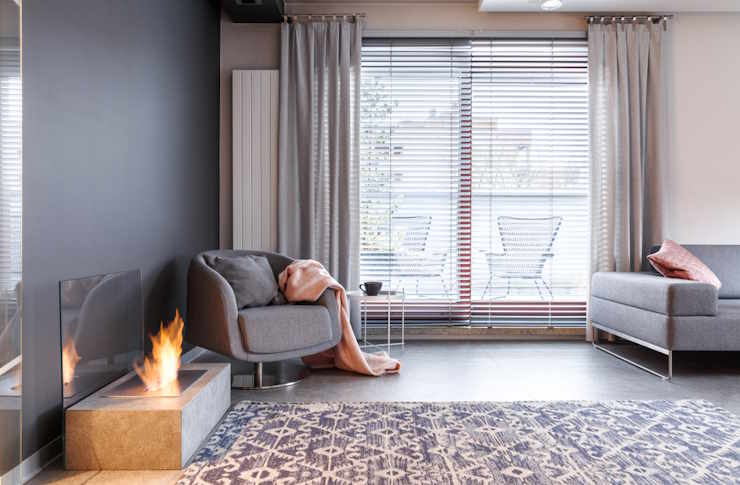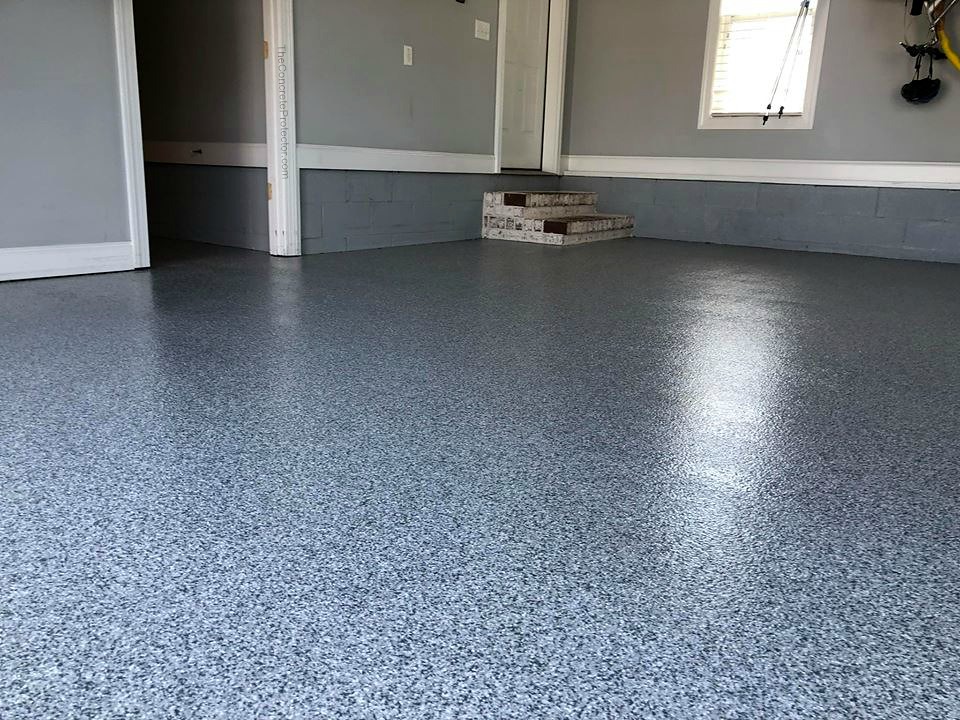"Reimagining Spaces: The Rise of Multifunctional Rooms in Modern Homes"
Introduction: A surge in remote work and home-based activities has sparked a revolution in home design. No longer are rooms strictly defined by their traditional functions. Today, we explore the transformative journey of multifunctional rooms, the driving forces behind their rise, and the innovative techniques to create these adaptive spaces.

The Genesis of Multifunctional Rooms: A Historical Perspective
Historically, rooms in homes had dedicated functions. The kitchen was for cooking, the dining room for eating, and the living room for socializing. However, as urban living spaces shrank and lifestyles evolved, so did the need for multifunctional rooms. The concept took root in the mid-20th century, with the advent of open-plan living spaces. It gained momentum in the 21st century, as the digital revolution blurred the boundaries between work and home.
From Trend to Necessity: The Impact of Modern Lifestyles
The rise of remote work, online education, and home-based hobbies has made multifunctional rooms essential in modern homes. A study room now doubles as a home office, while a dining room moonlights as a craft room. This trend reflects our evolving lifestyles, and home design has adapted accordingly, focusing on flexibility and functionality.
Practicality and Market Trends: The Appeal of Multifunctional Rooms
Multifunctional rooms are not just practical; they’re also economically savvy. They maximize space in smaller homes, reducing the need for bigger, costlier properties. This market-driven approach has led to innovative home designs that cater to diverse needs. From modular furniture that transforms a living room into a guest room, to kitchen islands that serve as dining tables, the possibilities are endless.
Enhancing Daily Living: Multifunctional Room Ideas and Techniques
Adopting a multifunctional approach requires careful planning and clever design tricks. For instance, using distinctive color schemes can visually segregate different zones in a room, while smart storage solutions can keep clutter at bay. One popular technique is the use of multi-purpose furniture, such as sofa beds and expandable tables, which can be adapted according to need.
The Future: A Continuation of the Multifunctional Room Trend
As work-from-home arrangements persist and homeowners continue to seek versatile living solutions, the trend of multifunctional rooms is set to continue. As such, home design will increasingly focus on creating spaces that are adaptable, efficient, and in tune with modern lifestyles.
Multifunctional rooms are a testament to our evolving needs and the dynamic nature of home design. They reflect our changing lifestyles, offering a versatile and practical solution that caters to diverse needs. As we continue to blur the lines between work, play, and rest, these multipurpose spaces will only grow in significance, shaping the future of home design.




